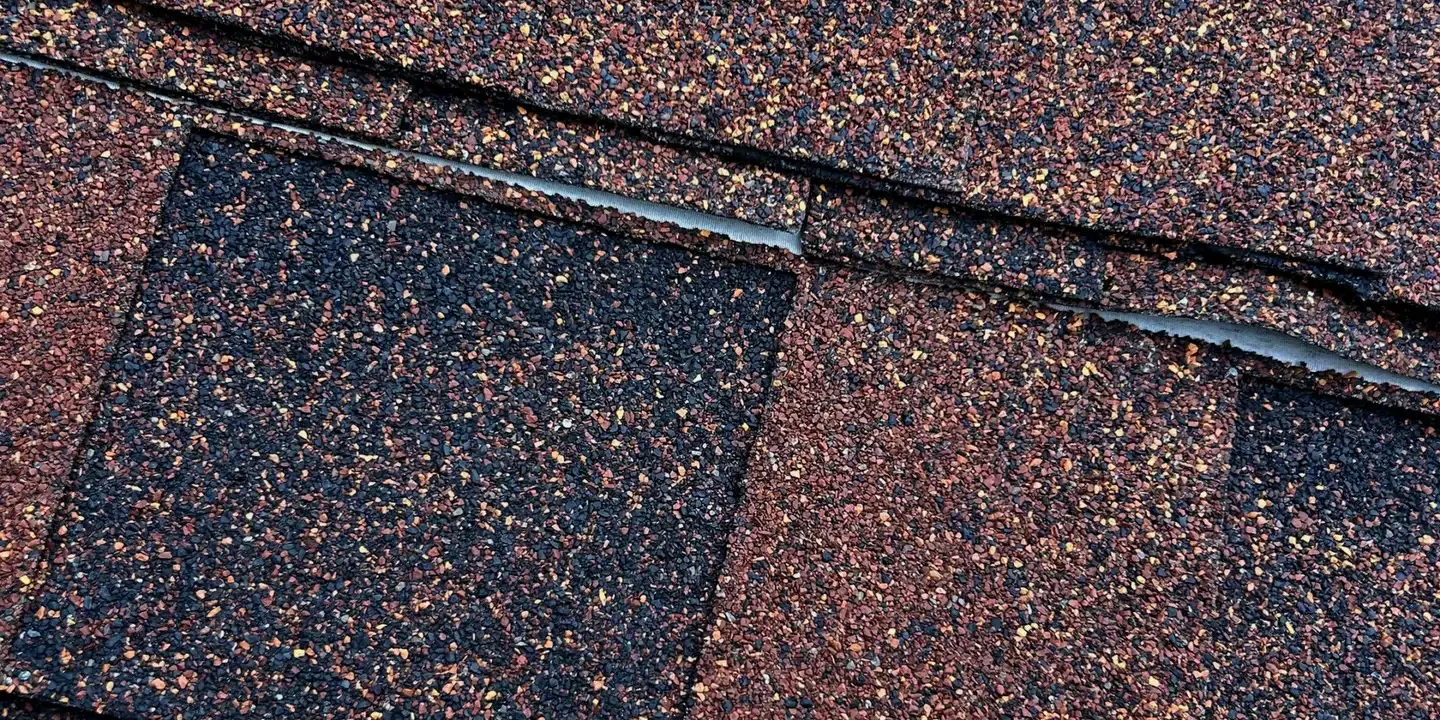Understanding Granule Shedding on Newly Installed Asphalt Roofs
The Role of Granules in Asphalt Shingles
Granules are the protective ceramic-coated mineral particles embedded in the surface of asphalt shingles. They serve as a crucial defense against UV radiation, weathering, and impact damage while adding color and aesthetic appeal to the roof. The granules are pressed into the asphalt coating during the manufacturing process, creating a durable barrier that extends the lifespan of the shingles.
Why New Asphalt Roofs Experience Granule Loss
Granule shedding in newly installed asphalt shingles is common and typically not a cause for concern. During manufacturing, excess granules are intentionally applied to ensure full coverage. Many of these loose particles remain on the surface rather than bonding tightly with the asphalt. When the roof is installed, traffic from contractors, movement of tools, and environmental factors such as wind or rain can dislodge this surplus material, leading to visible granules in gutters and downspouts shortly after installation.
Factors That Influence Early Granule Shedding
Several factors contribute to granule shedding in the early stages of a roof’s life:
- Manufacturing Process
Shingle manufacturers apply granules in excess to ensure complete asphalt coverage, which is why early shedding is expected. - Installation Practices
Foot traffic, cutting shingles, and handling bundles during installation can cause additional loosening of surface granules. - Weather Conditions
Heavy rain, strong winds, or hail shortly after installation can accelerate the natural removal of unbonded granules. - Transportation and Storage
Shingles rubbed against each other during packaging, shipping, or storage may already have some loose granules before installation.
Distinguishing Normal Shedding from a Problem
It is important to differentiate between normal granule loss and premature deterioration. A newly installed roof may shed visible granules for several weeks or months, but excessive shedding over a prolonged period may indicate manufacturing defects, improper installation, or environmental damage. Warning signs of abnormal granule loss include:
- Bare asphalt patches where granules are missing entirely
- Widespread discoloration or streaking
- Uneven granule distribution across large roof areas
- Accelerated granule accumulation in gutters long after installation
Regular inspections by a roofing professional can determine whether the issue is cosmetic or requires immediate attention.
The Lifespan Impact of Granule Loss
Granules act as a shield, preventing UV damage that can dry and crack the asphalt underneath. Loss of this protective layer can significantly reduce the lifespan of shingles if left unaddressed. Homeowners should schedule annual roof inspections to detect early signs of granule loss and ensure that warranties remain valid. In some cases, roof maintenance treatments, repairs, or partial shingle replacement can extend the roof’s service life without a full replacement.
Environmental Considerations and Debris Management
Granules washed off shingles often collect in gutters, downspouts, and landscaping areas. While this is normal, regular gutter maintenance is crucial to avoid water backup and foundation issues. Some roofing materials are engineered with improved granule adhesion to reduce shedding, but no shingle system completely eliminates this natural process. Proper drainage and routine cleaning protect both the roofing system and the property’s exterior from debris accumulation.
Choosing Quality Installation and Maintenance Services
Homeowners seeking long-term roof performance should select certified contractors who follow manufacturer guidelines and provide warranty-backed installations. Skilled roofers minimize unnecessary granule loss during installation by carefully handling materials, using proper safety equipment, and adhering to best practices. Partnering with trusted local experts, such as GCCS Roofing, LLC in Littleton, CO, ensures that both material quality and craftsmanship meet industry-leading standards.
Long-Term Roof Care Strategies
To maintain roof performance, homeowners should implement preventive care measures:
- Schedule regular inspections after storms or extreme weather events
- Keep gutters and downspouts free of debris
- Trim overhanging branches to prevent abrasion
- Remove moss or algae growth promptly
- Ensure proper attic ventilation to avoid shingle curling or premature wear
By investing in consistent upkeep, homeowners can extend the life of their roof and protect their property value.
Conclusion
Granule shedding on newly installed asphalt shingles is a natural part of the roofing process, reflecting manufacturing precision and material quality rather than structural weakness. While initial granule accumulation is expected, ongoing inspections and proactive maintenance ensure long-term protection, energy efficiency, and curb appeal. With the right roofing professionals and care strategies, homeowners can safeguard their investment and enjoy decades of performance from their asphalt roofing system.







